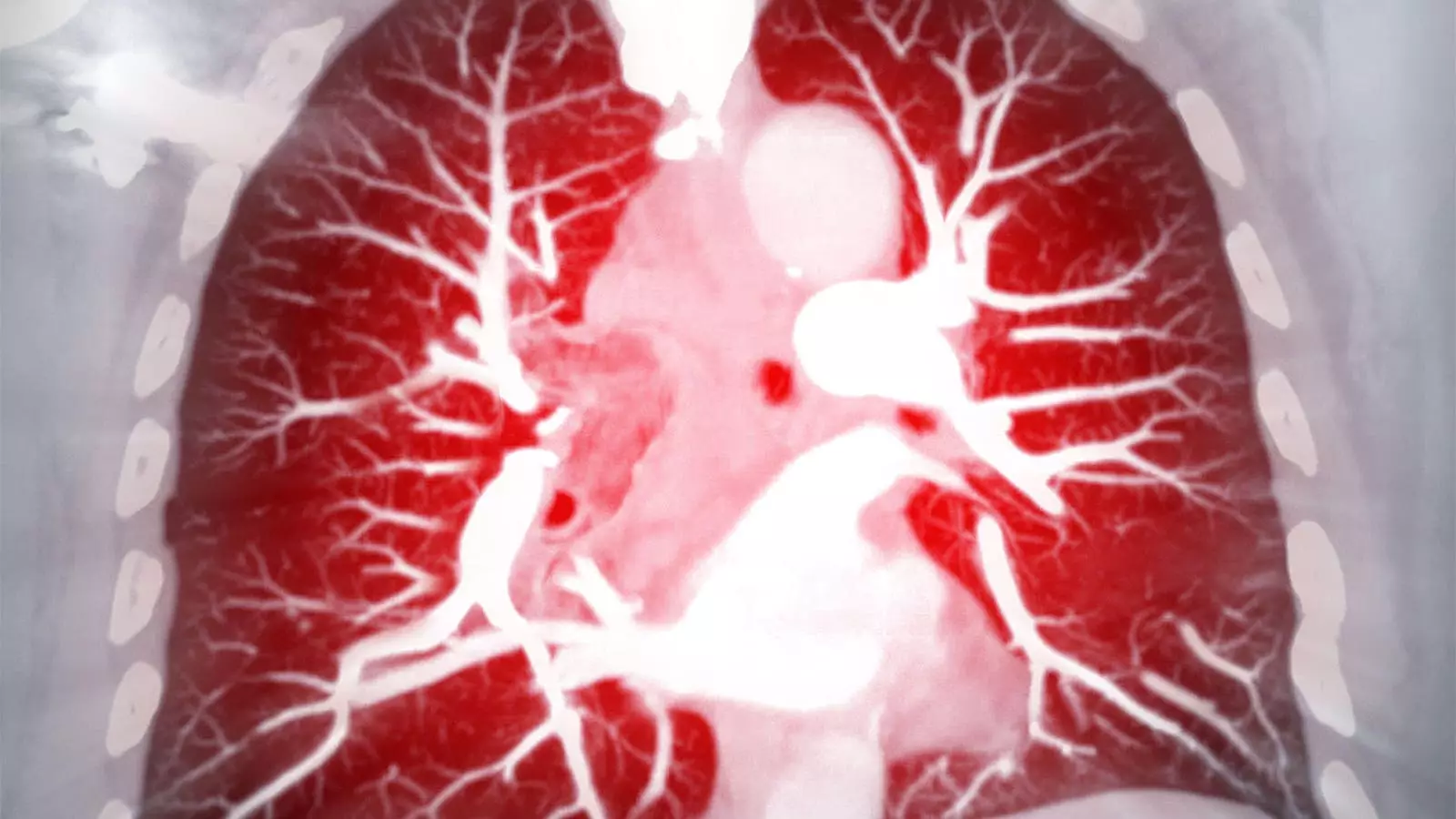Pulmonary arterial hypertension (PAH) is a serious and progressive condition characterized by elevated blood pressure in the pulmonary arteries, leading to heart strain, reduced exercise capacity, and increased morbidity and mortality. While there have been significant strides in developing therapies for PAH, recent FDA approvals for novel treatments—macitentan/tadalafil (Opsynvi) and sotatercept (Winrevair)—have stirred discussions around their impact on clinical practices and patient outcomes.
In March, the FDA greenlighted both the combination therapy of macitentan and tadalafil and the biologic therapy sotatercept. Although both drugs address PAH, their market acceptance and initial uptake have been markedly different. Kristin Highland, MD, a pulmonologist from the Cleveland Clinic, pointed out that sotatercept has gained a rapid foothold in the market, seemingly exceeding initial expectations. In contrast, the uptake of Opsynvi has been less promising, hindered by insurance restrictions and the presence of existing generic options for PAH treatments. Patients, already facing a complex web of prior authorization and assistance programs, are understandably hesitant to navigate additional hurdles associated with new treatments.
Sotatercept: A New Dawn in Therapy
Sotatercept’s recent approval as the first activin-signaling inhibitor in PAH is a beacon of hope for patients. Following the successful outcome of the phase II PULSAR trial, the drug is designed to enhance exercise capacity, improve the functional class, and mitigate the occurrences of clinical worsening in eligible adults. Enhanced excitement around this treatment has only been amplified by subsequent trial results, such as those from the ZENITH trial. This study indicated that sotatercept could significantly lower morbidity and mortality risks in patients already undergoing standard PAH therapies, compelling enough to conclude the trial early because of significant positive outcomes.
Highland’s experiences with patients in the Cleveland Clinic reinforce the encouraging results from clinical trials, including instances where severely ill patients showed remarkable improvement. One patient even managed to be removed from the lung transplant list after receiving sotatercept, highlighting its potential efficacy. Nevertheless, this new therapeutic avenue raises questions about long-term safety, particularly regarding potential adverse effects like bleeding and the sustainability of its benefits. The role of sotatercept when administered without accompanying prostanoid therapies remains under exploration.
Challenges in Uptake and Treatment Customization
While sotatercept appears promising, the landscape of PAH treatment remains multifaceted and not without obstacles. The Seventh World Symposium on Pulmonary Hypertension guidelines emphasize the need for a multi-targeted approach to treatment. This justifies the dual therapy of macitentan and tadalafil, also newly approved, which combines an endothelin receptor antagonist with a phosphodiesterase-5 inhibitor. Intended to streamline patient regimens, macitentan/tadalafil is geared towards alleviating the pill burden on PAH patients who often juggle numerous medications.
However, despite its advantages—evidenced by improved pulmonary vascular resistance in the A DUE trial—challenges persist in its adoption. The reluctance among healthcare providers to initiate combination therapy as a first-line treatment, especially in patients with comorbidities, can complicate the treatment approach. This is compounded by the financial implications and insurance restrictions surrounding newer therapies.
As the treatment paradigm for PAH continues evolving, ongoing and future research will play a critical role in cementing the positions of sotatercept and macitentan/tadalafil in clinical practice. Current studies, including the HYPERION trial, aim to elucidate how newly diagnosed patients with intermediate to high-risk profiles might respond to sotatercept. Furthermore, positive findings from subsequent studies, such as the CADENCE trial, could revolutionize therapeutic strategies not only in PAH but also in related conditions, including post-capillary pulmonary hypertension.
At this juncture, it’s crucial for healthcare professionals to stay abreast of emerging data on these therapies and to engage in shared decision-making with patients. In doing so, they can tailor interventions that best reflect individual patient needs and circumstances while navigating the complexities of insurance and medication access.
While the recent FDA approvals of macitentan/tadalafil and sotatercept usher in new possibilities for PAH management, the disparities in their immediate uptake reveal a distinctly challenging landscape. Stakeholders in healthcare, including providers and patients alike, must continually adapt to the complexities of treatment options and regulatory frameworks. Only through comprehensive research and tailored approaches can we hope to optimize outcomes for individuals battling this challenging and life-altering condition.

Leave a Reply